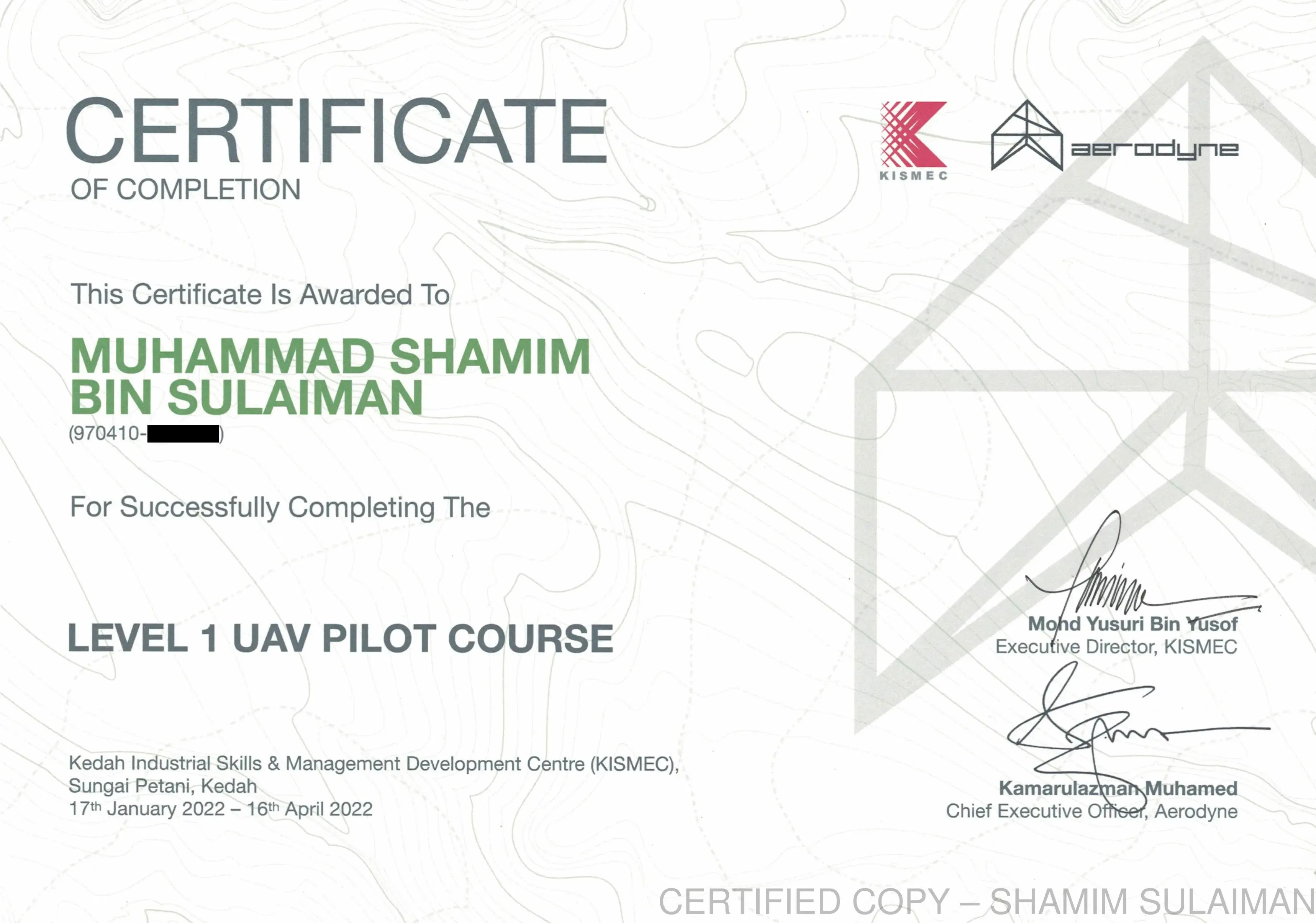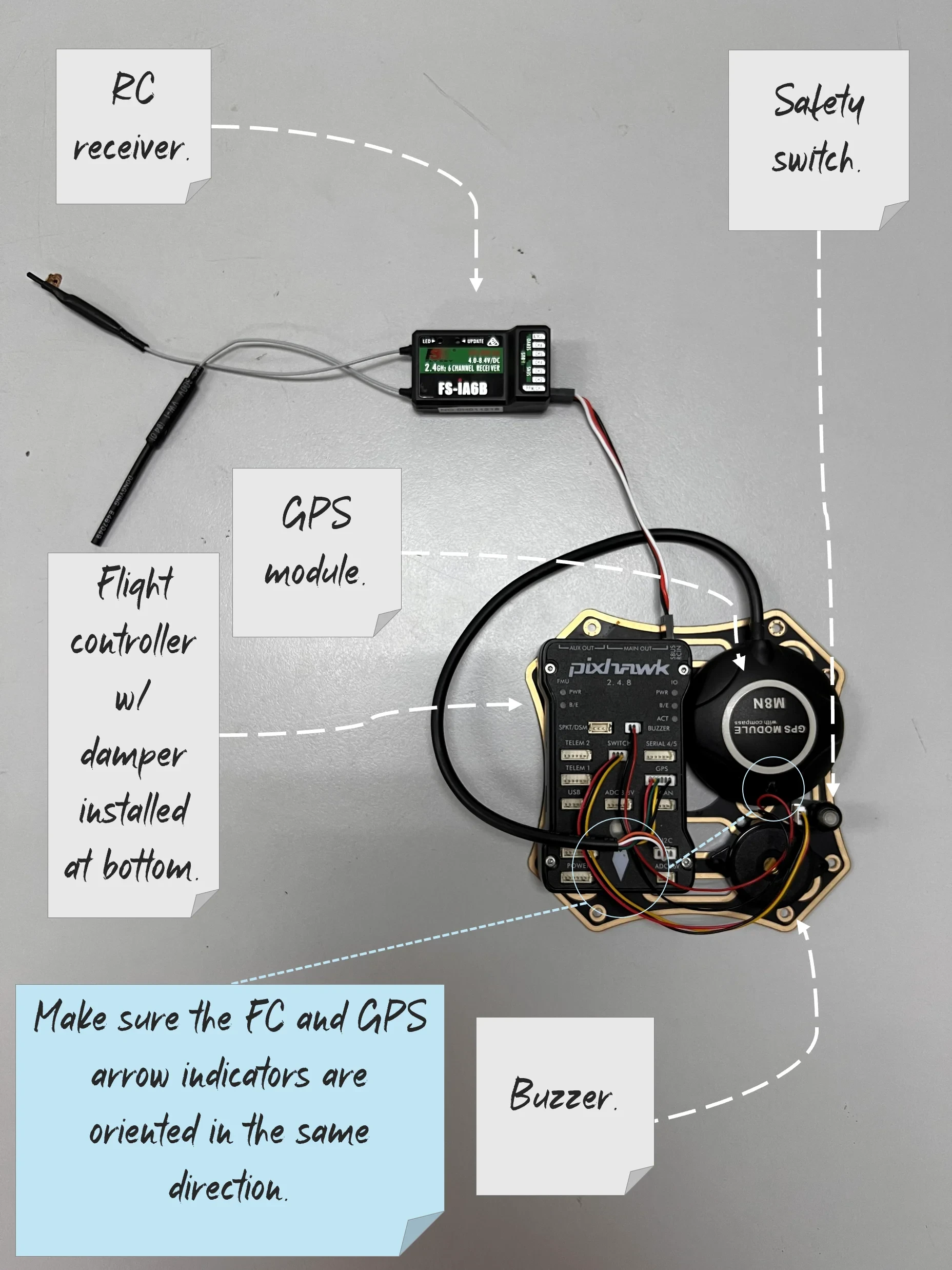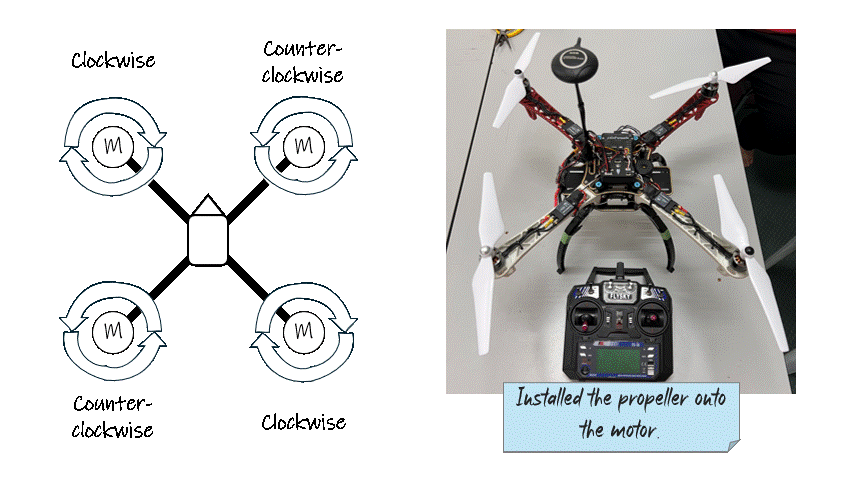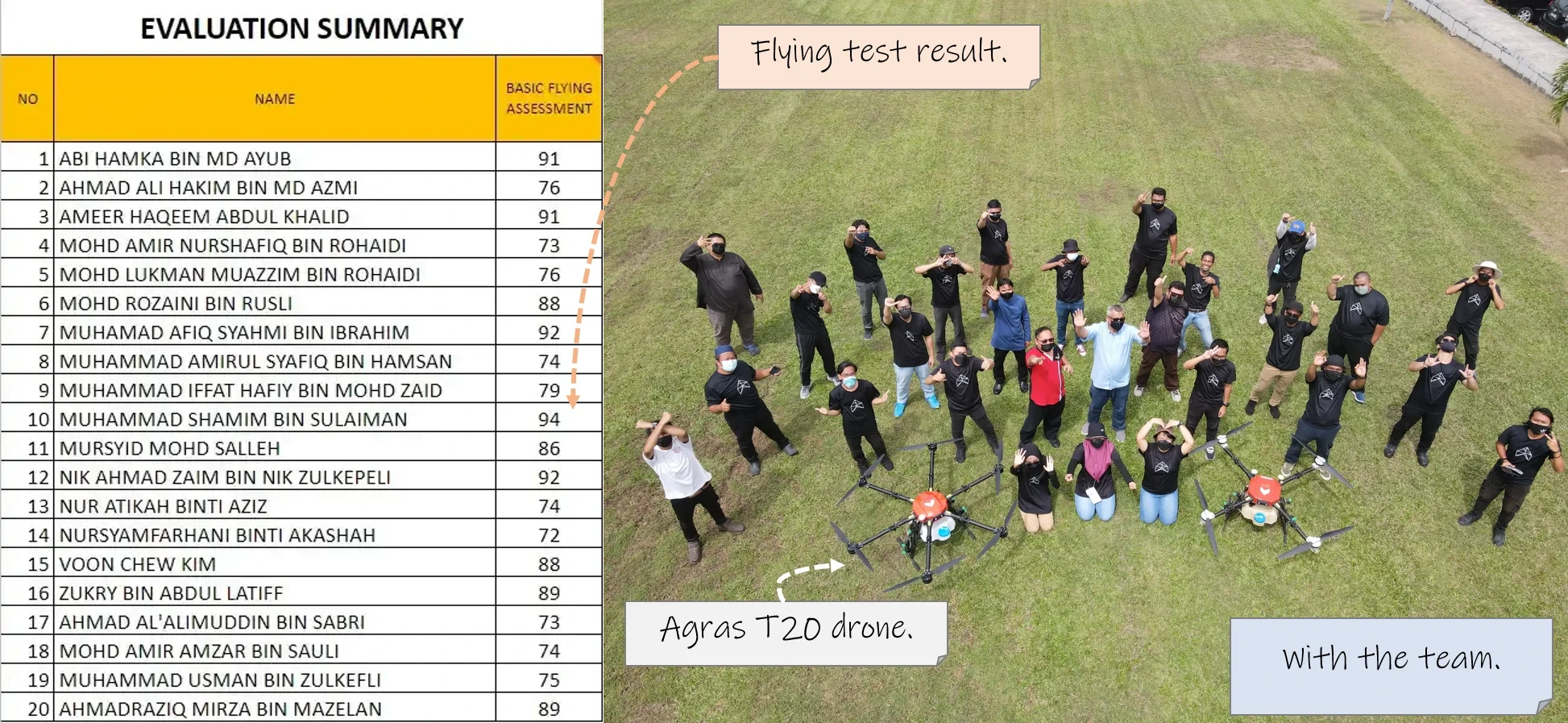Several months after graduating, I started looking for ways to level up my portfolio. I had already built my website, used some grandiose words on my resume, and then what? Based on my research, MIDA (Malaysian Investment Development Authority) offers a 2-month course as part of a government upskilling initiative for graduates.
I looked up all the short courses available and stumbled upon this one, Drone Piloting & Maintenance. The training was provided by KISMEC (Kedah Industrial Skills and Management Development Centre) and conducted by Aerodyne, a major Malaysian-made company and a top player in the drone technology industry. I applied for the course (on impulse, which I semi-regret), even though I knew it wasn’t going to synergize well with my degree.
If you’ve ever played Velocidrone or DRL sim, then you know I couldn’t help but join. Besides, it was COVID, everyone is either jobless or dying. Extending my career in domestic engineering for another two months wasn’t going to make any difference.

An intro to commercial, agriculture and DIY drone
During the short course, we covered a range of topics;
- Introduction to drones, electronic components, assembly and rules & regulation.
- Flying & maintenance of both commercial and agricultural drones.
- DIY drone project, where we built a drone from scratch and flew it.
Obviously, the part I’ll write about is the DIY section, so I can use it as a reference whenever I have time to build my own racing drone.
Basically, there are three setups: the initial, the hardware, and the final.
DIY drone
Initial setup
In the initial setup, we needed to assemble components and perform initial calibration. The initial setup consisted of assembling the following components:
- Flight controller (FC), which acts as the brain of the drone.
- GPS module.
- Buzzer.
- Safety switch & receiver.
- Mission Planner Ardupilot, the software we used to configure the FC.
- Radio and RC receiver.

After assembling the components as shown in the image above, connect the FC to a laptop or PC and open Mission Planner.
- Install the firmware at
Setup -> Install Firmware. There are many firmware options available, choose the one that is most suitable for your drone and FC type. - Go to tab below,
Mandatory Hardware. There are many settings to configure. The good thing is, instructions are provided on each respective tab on the software. The list you need to go through is as follows:Frame TypeAccel CalibrationRadio CalibrationFlight ModesFailSafe
Hardware setup
The hardware setup mostly involved soldering work. See the images below for more details.

Final setup
For the final setup, connect the FC back to Mission Planner to configure the ESC Calibration under Mandatory Hardware. Follow the instructions given on the tab.
After that, add some throttle and check the motor rotation by gently touching the motor while it's spinning. Make sure the rotation follows the diagram below. If the motor spins in the opposite direction, switch the banana plug connection between the motor and the ESC.

Flying test
At the end of the training, we had a flying test conducted by the Aerodyne team. The test consisted of a pre-flight inspection, a safety check for the RTH, and flight maneuvers. But no FPV flight maneuvers, unfortunately...

Conclusion
Overall, it was a good course, especially for beginners. I was exposed to both commercial and agricultural drones and became familiar with their functions and the apps associated with them, such as recording features for commercial use (useful for a freelance drone photography career path), and auto-pathing and spraying functions for agriculture (useful for farming).
For me, the regulations and paperwork required to fly a drone, including where you're allowed to fly, were completely unknown to me prior to joining the course.
Another important thing I’ve learned is that maintaining a flight log (flight time) is crucial and should be included in a portfolio for a career in the drone industry. I use Airdata UAV for cloud storage, which helps me keep detailed records of my flights.
